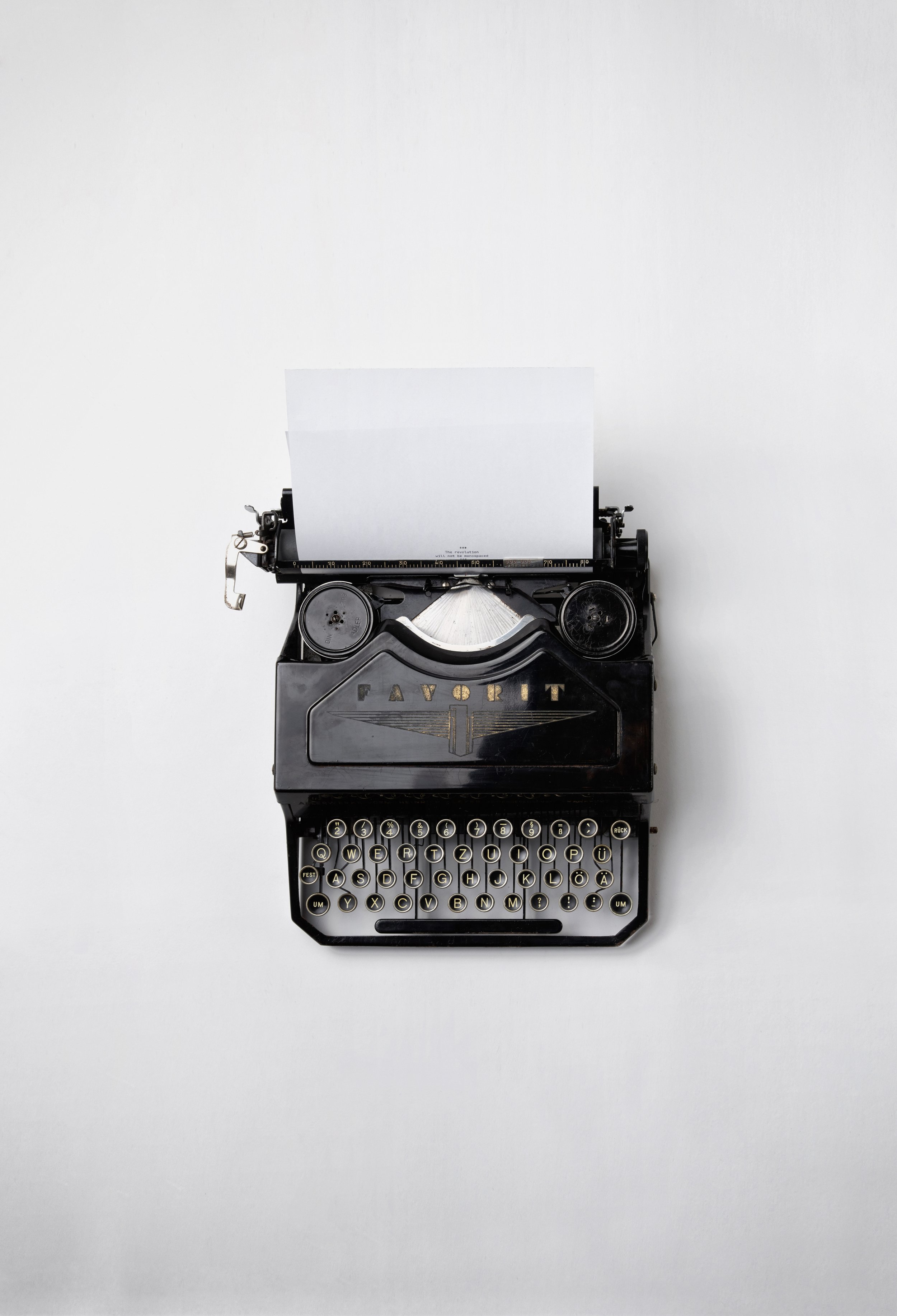A messy desk is the enemy of productivity - I'm an artist, I know what it's like to need lots of things on your desk while you're working on your projects, but I'm also a professional organizer, and so I also know the power of a clean desk.
Messy desks are often considered a sign of a creative mind - and it's true - having lots of inspiring things around you while you work is bound to spark all sorts of new ideas! At the same time, all those new ideas can distract you from the very idea you sat down to work on.
A messy desk can be inspiring - it can also be cramped, crowded, and distracting.
With a messy desk we're always thinking about "what's the next project," "what else should we be working on."
So lets try a fast & enlightening experiment: working at a completely clear desk.
In 15 minutes, and five steps, let's completely clean your messy desk.
Step 1: Get a box - a sturdy bankers box with a lid is excellent, but any box, or bag, or container will do.
Step 2: Set your timer for 12 minutes. No time for dilly-dallying we want this done!
Step 3: Clear all of the items off the surface of your desk. For now, just put everything in your box. Get the stuff contained and out-of-sight!
Step 4: Put some elbow grease into it and clean the surface of your desk. Make it shine.
Step 5: Only allow your essentials back onto your beautifully clear desk. Can you limit yourself to 3 essentials?
Ok, I just cleared my desk.
Here's what’s left: 1 laptop, 1 clipboard, 1 pen.
Those are the only essentials I need for working on my current project (writing this blog post).
Now that you've cleaned off your messy desk, how does it feel? Spacious? Empty? Do you like it? Or hate it? Do you feel focused? Does it spark joy?
Once you're done with work for the day, take that box of stuff and pick out only what sparks joy. For every item that sparks joy, find a permanent home for it. Now toss or recycle the rest.
Important: From now on, if you want to keep the messy desk at bay - when you finish a project, or when you finish using a tool - put it away! everything should have a home where it lives when it's not in use.
That will help keep your desk nice an clear - perfect for focusing on the projects you want to be focusing on.















